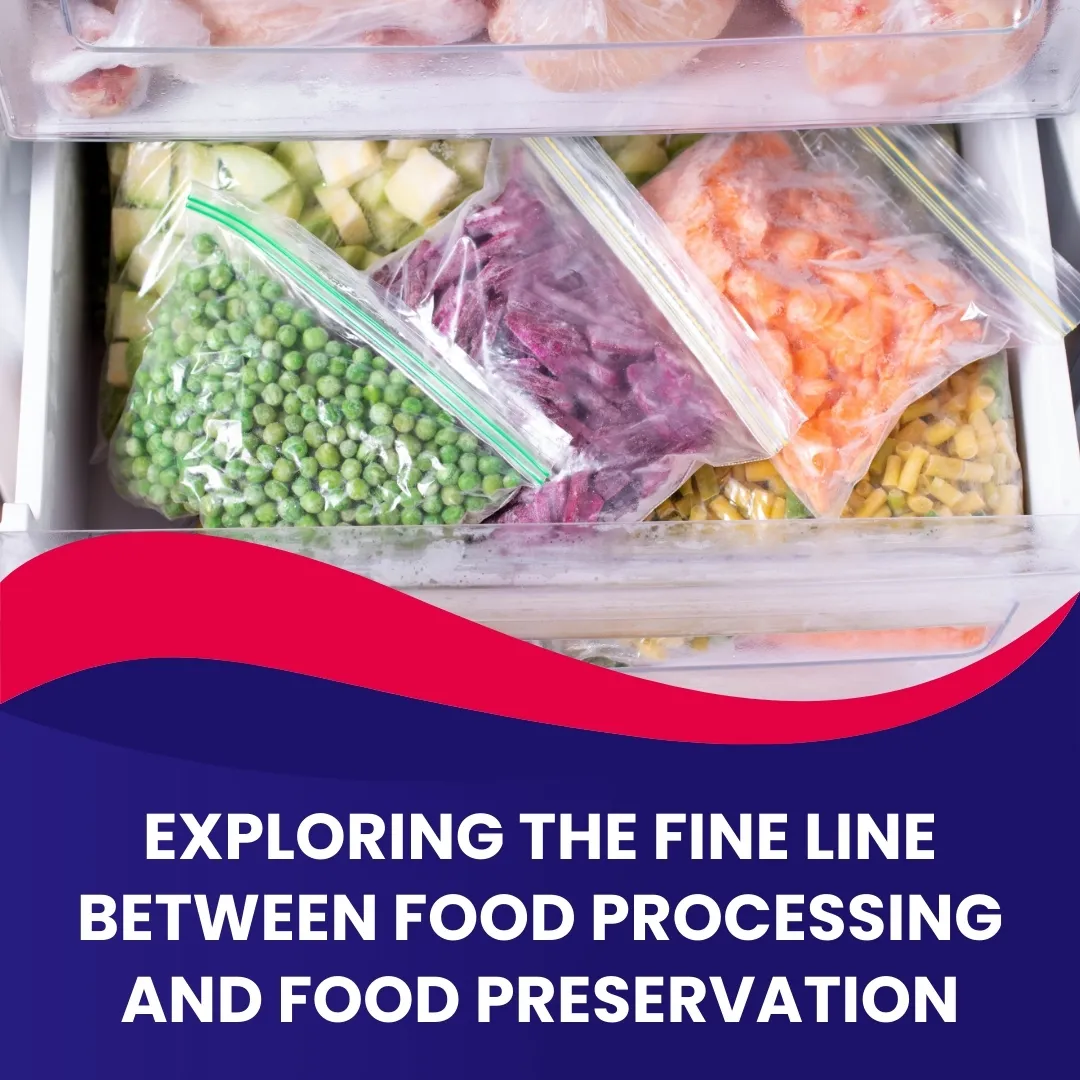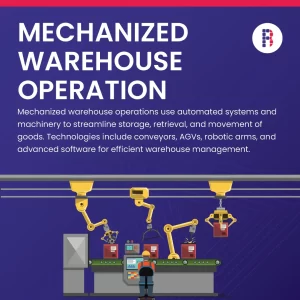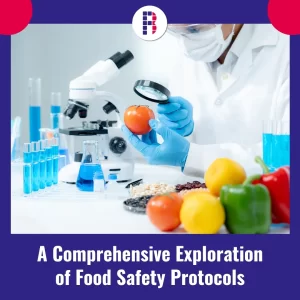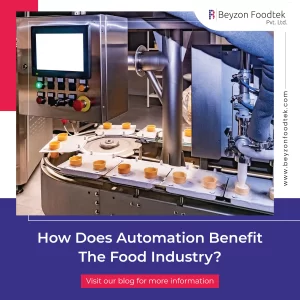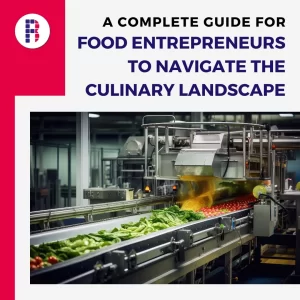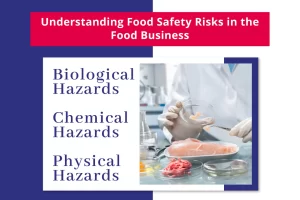Navigating the realm of food, we often encounter two essential practices: processing and preservation. Simply put, food processing is about making tasty dishes, while preservation is all about keeping them fresh. Let’s explore the simple yet crucial differences between these culinary techniques.
Introduction
In the vast landscape of the culinary world, two key terms often intermingle but bear distinct significance – food processing and food preservation. While both play pivotal roles in ensuring our food is safe, flavorful, and has an extended shelf life, understanding the nuances that differentiate these two processes is crucial. In this exploration, we will delve into the depths of food processing and food preservation, unraveling the intricacies that define each.
Food Processing:
Food processing is a comprehensive term that encompasses a myriad of techniques employed to transform raw ingredients into consumable food products. This multifaceted approach involves altering the physical or chemical nature of food, often with the intent of enhancing taste, texture, nutritional value, or shelf life. The journey of food processing begins at the farm, where raw materials are harvested, and extends to the consumer’s plate in the form of processed goods.
The processes involved in food processing are diverse and can be categorized into several main types:
- Mechanical Processing: This involves physical actions such as cutting, grinding, or milling to change the texture or size of food items. Examples include slicing vegetables, grinding meat, or milling grains.
- Thermal Processing: Heat is a formidable tool in the realm of food processing. Techniques like boiling, steaming, baking, frying, and pasteurization alter the structure of food, effectively eliminating harmful microorganisms and enzymes while enhancing flavor.
- Chemical Processing: Chemical agents such as acids, alkalis, and preservatives are employed to modify the chemical composition of food. This includes pickling, curing, and the addition of preservatives to prevent spoilage.
- Fermentation: A biological process where microorganisms, such as bacteria or yeast, are utilized to transform food components. Common examples include yogurt, sauerkraut, and sourdough bread.
- Irradiation: This method involves exposing food to ionizing radiation, which helps eliminate bacteria, parasites, and other pathogens, extending the shelf life of the product.
Food Preservation:
Food preservation, on the other hand, is a subset of food processing specifically focused on preventing spoilage and maintaining the quality of food over time. The goal is to slow down or inhibit the growth of microorganisms, enzymes, and other factors that contribute to food deterioration. Preservation methods can be categorized into different techniques, each with its unique approach to safeguarding the freshness of food.
- Refrigeration and Freezing: Cold temperatures slow down the metabolic processes of microorganisms, reducing their ability to spoil food. Refrigeration and freezing are widely employed to preserve perishable items like meat, dairy products, and vegetables.
- Canning: A classic preservation method involving heat treatment to destroy microorganisms and enzymes. Food is sealed in airtight containers, preventing the entry of contaminants and prolonging shelf life. Common canned products include fruits, vegetables, and sauces.
- Drying: Removing moisture from food inhibits the growth of microorganisms. Sun drying, air drying, and dehydrating are methods that have been used for centuries to preserve fruits, herbs, and meats.
- Salting and Smoking: Salting draws out moisture, creating an inhospitable environment for bacteria. Smoking adds flavor while also acting as a preservative. This method is commonly used for fish, meat, and certain cheeses.
- Pickling: Immersing food in a solution of vinegar, brine, or fermenting agents creates an acidic environment that inhibits bacterial growth. Pickled items, such as cucumbers and cabbage, are popular examples.
Distinguishing the Boundaries: A Quick Glance
Understanding these points of differentiation allows us to appreciate the complementary roles that food processing and food preservation play in ensuring the availability, safety, and variety of the food we consume.
Objective:
- Food Processing: Primarily aimed at transforming raw ingredients into consumable products by altering their physical or chemical nature. Focus is on enhancing taste, texture, nutritional value, and creating a variety of end products.
- Food Preservation: Specifically targets the prevention of spoilage and maintenance of food quality over time. The goal is to extend shelf life by inhibiting the growth of microorganisms and enzymes.
Methods:
- Food Processing: Involves a diverse range of techniques, including mechanical processing (cutting, grinding), thermal processing (boiling, frying), chemical processing (addition of preservatives), fermentation, and irradiation.
- Food Preservation: Utilizes methods such as refrigeration, freezing, canning, drying, salting, smoking, and pickling. These techniques aim to slow down or inhibit microbial and enzymatic activity.
Scope:
- Food Processing: Encompasses a broad spectrum of activities from the farm to the consumer’s plate, involving various processes to create a wide range of food products.
- Food Preservation: Concentrates on specific methods designed to maintain the freshness of food items, extending their shelf life without necessarily transforming their fundamental characteristics.
Timing of Application:
- Food Processing: Typically applied during the early stages of food preparation, from harvesting raw materials to the initial stages of cooking or manufacturing.
- Food Preservation: Applied after the initial processing, focusing on maintaining the quality of the end product over an extended period, often for storage and distribution purposes.
Primary Concerns:
- Food Processing: Addresses concerns related to taste, texture, appearance, and nutritional content. The emphasis is on creating appealing and diverse food options.
- Food Preservation: Primarily concerned with preventing spoilage, maintaining freshness, and ensuring that food remains safe for consumption over an extended period.
Examples:
- Food Processing: Slicing vegetables, baking bread, pasteurizing milk, and creating packaged snacks are all examples of food processing.
- Food Preservation: Canning fruits, freezing meat, pickling cucumbers, and dehydrating herbs are examples of food preservation techniques.
Applicability:
- Food Processing: Applicable to a wide range of food items, including fresh produce, meats, dairy, and grains, with a focus on creating a diverse array of finished products.
- Food Preservation: Particularly relevant for perishable items that are prone to spoilage, such as fruits, vegetables, meats, and dairy products.
Conclusion
In the intricate tapestry of the culinary world, food processing and food preservation stand as essential pillars, each contributing its unique set of techniques to ensure the safety, flavor, and longevity of the food we consume. While food processing encompasses a broader range of activities aimed at transforming raw ingredients, food preservation hones in on the meticulous art of safeguarding freshness over time.
As we navigate the modern food landscape, it becomes evident that both these processes play integral roles in meeting the demands of a globalized society. The challenge lies in striking a harmonious balance between preserving tradition and embracing innovation to ensure that our culinary experiences are not only safe but also a delight to the senses. In this delicate dance, the alchemy of food processing and preservation continues to shape the way we nourish ourselves and celebrate the rich tapestry of flavors that define our diverse culinary heritage.
